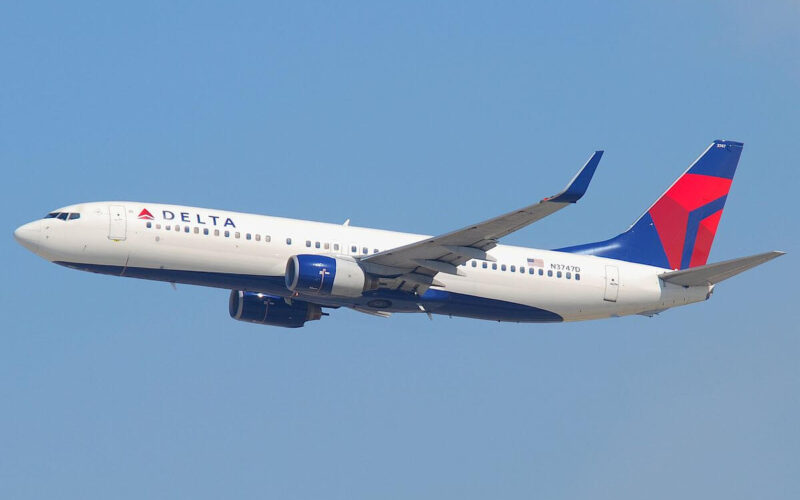The Federal Aviation Administration released a new directive for Boeing 737 NG planes after structural cracks had been discovered on several aircraft.
The alarm was pulled last week after cracks were found on the pickle fork during the passenger-to-freighter conversion of a Boeing 737-800 NG that logged 35,000 flight cycles, about half of the service lifespan for this aircraft. Following preliminary inspections, similar cracks were found on at least three Boeing 737-800s having more than 36,000 flight cycles.
The pickle fork is a suspension system that connects the fuselage with wings and manages stress and torque loading that bends the structure during operation. It is designed to withstand 90,000 life cycles – the whole service life of a Boeing 737NG.
The FAA has now issued an airworthiness directive requiring repetitive inspections of the frame fittings and failsafe straps of said pickle forks on all Model 737-600, -700, -700C, -800, -900, and -900ER series airplanes. “If not addressed, could result in failure of a Principal Structural Element (PSE), […] and result in loss of control of the airplane” states the directive. Inspections should be done before an aircraft reach a total of 30,000 flight cycles.
With 6345 aircraft operating worldwide, this directive could prove costly for airlines. The FAA estimates that the directive will affect 1,911 airplanes registered in the United States. Transport Canada announced it would also enforce the directive for Canadian aircraft.
The reason behind the failure of this component will now have to be determined: a material issue, a design or a manufacturing defect.

